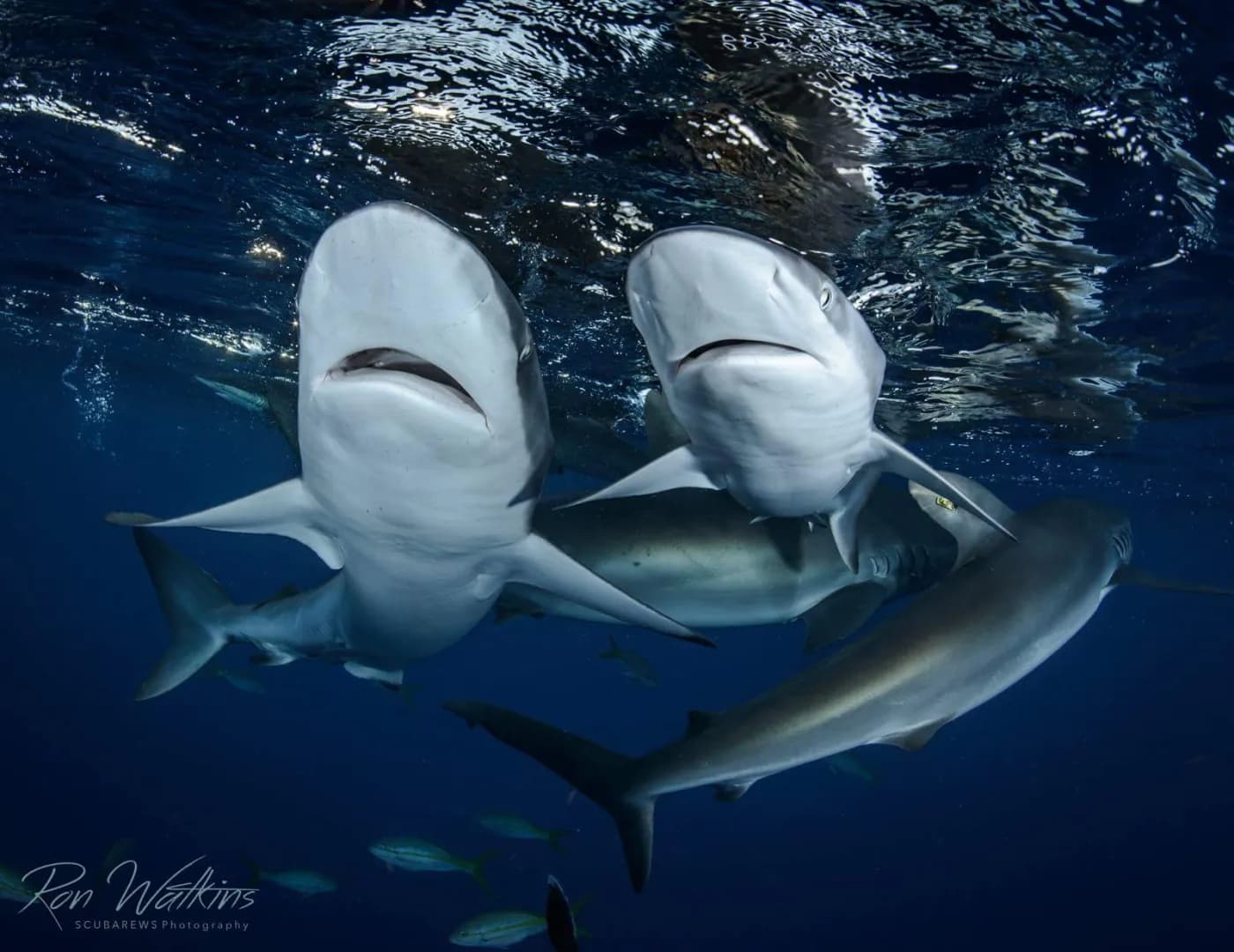We Know Because We Go! | Book with a 5-Star Team,| Trusted by 10,000+ Divers
Best Scuba Diving in Jardines de la Reina
The uninhabited and heavily protected Jardines de la Reina National Park is an iconic diving destination showcasing pristine marine ecosystems thought to be akin to conditions prior to human intervention. Scuba diving in Jardines de la Reina is a unique and treasured experience that will leave you with a newfound respect for the underwater world.

Destination Highlights
Average flight time from LAX
8
Visibility
50 to 130 feet (15 to 40 meters)
Average Water Temperature
77
Pelagic Encounters
Stunning Reefs & Corals
Scuba Diving In Jardines De La Reina, Cuba
Jardines De La Reina Diving Highlights
The uninhabited and heavily protected Jardines de la Reina National Park in Cuba is an iconic diving destination showcasing pristine marine ecosystems thought to be akin to conditions prior to human intervention. Scuba diving Jardines de la Reina is a unique and treasured experience that will leave you with a newfound respect for the underwater world.
Intro to Scuba Diving in Jardines De La Reina
Named by Christopher Columbus in honor of the Spanish Queen Isabella of Castille, Jardines de la Reina, translated as Gardens of the Queen, is Cuba's most popular scuba diving destination. Covering 684,000 hectares of coastal waters 50 miles south of Cuba, scuba diving in Jardines de la Reina is an exploration of a living underwater museum providing an insight into the health of our oceans prior to the damaging impact of humankind. Around 230 small islands and atolls spread over 150 miles of the Gulf of Ana Maria comprise the largest protected stretch of marine ecosystem in the entire Caribbean. A complete ban on commercial fishing along with heavily controlled visitor numbers and no permanent human habitation has allowed this area to thrive since the National Park's conception in 1996.
The area is home to commercially vital fish nurseries as well as providing a refuge for critically endangered top-level predators. Rare corals and mollusks thrive undisturbed along healthy reefs while a wide range of ecosystems makes for fascinating and varied dive opportunities. Fewer than 3,000 divers are permitted to scuba dive Jardines de la Reina each year, so plan your visit well in advance to avoid disappointment. The Avalon Diving Center is the only operator permitted to scuba dive Jardines de la Reina.
When to Go Scuba Diving in Jardines De La Reina
Jardines de la Reina is a year-round dive destination with consistently comfortable conditions, great visibility, and little to no current. Sea temperatures are warmest in August and cool off during the winter from December through to April. There is higher rainfall during the June through November hurricane season, although Cuba is rarely affected by serious tropical storms.
The best months to encounter whale sharks are between July and November.
Jardines De La Reina Diving Information
Jardines Del La Reina Marine Life & Photography Subjects
Scuba diving in Jardines de la Reina is often described as an underwater paradise and with good reason. The region's complex network of pristine underwater ecosystems offers a safe haven for the richest marine life in the Caribbean. Many dives are set to a backdrop of brightly hued soft corals and sponges, massive pillar corals, rare black corals, and dozens of gorgonians decorating a labyrinth of caverns, tunnels, and swim-throughs.Other dives comprise healthy mangrove and seagrass systems, home to clouds of juvenile fish.
Some of the top-level predators found in the Jardines de la Reina are also some of the species most in danger of extinction. These include the 'Critically Endangered' Nassau grouper and great hammerhead shark, 'Endangered' whale sharks, and the 'Vulnerable' Atlantic goliath grouper, red grouper, sand tiger shark, American crocodile, and hogfish. Other rare fish such as the black grouper, Caribbean reef shark, queen triggerfish, rainbow parrotfish, and spotted eagle ray are found here in abundance.
Scuba diving in Jardines de la Reina is particularly known for sharks, most commonly silky sharks and nurse sharks.
Typical Scuba Dive in Jardines De La Reina
Jardines de la Reina is in a remote locationand diver numbers are limited to 350 per year. The only operator that is permitted to work within the National Park is the Avalon Diving Center who runs threevessels that serve asfloating hotels, all of which depart from Jucaro Marina on Cuba's south coast. The journey to the Jardines de la Reina takes approximately 5 hours. Once at Jardines de la Reina, the boats remain stationary while diving skiffs travel short distances (roughly up to 20 minutes) to the dive sites, offering up to four dives per day including a dusk or night dive. Dive sites are sheltered and calm, with little to no current and great visibility.
Jardines De La Reina Diving Conditions
- Water temperature: 73 to 77oF (23 to 25oC) in the winter and 83oF (28oC) in height of the summer.
- Visibility: 50 to 130 feet (15 to 40m).
- Depth Range:16-130ft (5-40m), although much of the diving is around 20ft (6m).
- Diving Difficulty: Suitable for all levels.
How to Get to Jardines De La Reina
The closest airports to Jucaro Marina are Abel Santamaría Airport (SNU) in Santa Clara or Ignacio Agramonte International Airport (CMW) in Camagüey. Both airports receive limited international flights; therefore, it may be necessary to fly into Havana’s José Martí International Airport (HAV) and take a domestic connection. There are regular international flights to Cuba from Canada and Europe.